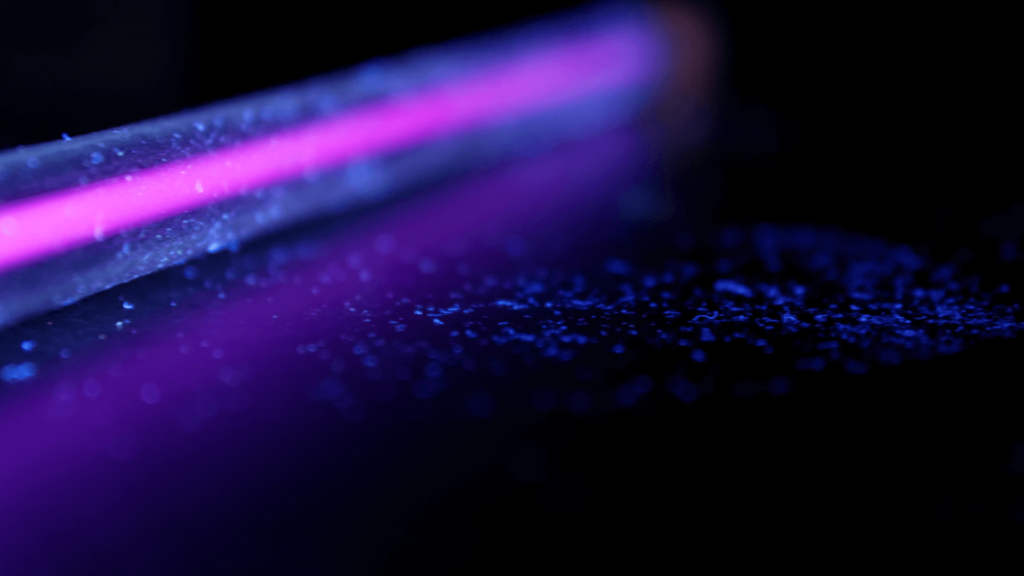When choosing the right UV equipment for disinfection, it can take time to understand the various technologies available in the market. With UV equipment's 15-20 years lifespan, many buyers and engineers may need a comprehensive understanding of the different technologies. This article presents the differences between medium-pressure and low-pressure UV technology. Understanding the distinction could help you determine which is better for your specific process.
UV manufacturers use medium and low pressure to refer to the gas pressure inside the lamp, not the system operating pressure in the pipework. Both technologies can handle system operating pressures equally.
UV disinfection is when water is exposed to UV rays to eliminate harmful pathogens like Listeria. Studies have shown that conveyor belts treated with UV disinfection exhibit a significant decrease in the population of Listeria. Inline UV irradiation has also been proven effective in the brine chiller system used to process certain foods.
The introduction of medium-pressure UV technology brought about a significant advancement in UV disinfection. It enabled the creation of lamps with a much higher output than low-pressure lamps. Industrial medium-pressure UV systems can produce approximately ten times more energy per lamp than low-pressure lamps. The result is greater disinfection capacity within a single UV vessel without needing multiple lamps. As a result, this solution it more compact, low-maintenance, and cost-effective.

Additionally, medium-pressure UV technology provides a higher level of inactivation of organisms than low-pressure UV. This happens even at equivalent dosage levels. Due to the medium-pressure UV’s polychromatic output, inactivation is possible through protein degradation, enzymatic breakdown and DNA destruction.
Research has shown that some strains of organisms (such as adenovirus) require 1.5 times the dose with low-pressure UV technology compared to medium-pressure UV for inactivation.
An essential aspect of medium-pressure UV technology is that the lamps use more energy. The high output per bulb of medium-pressure systems can produce substantial heat. This requires extra process design to remove the heat during times of little flow.
The FDA determined that a dose of 120mJ/cm2 is required for medium-pressure UV technology to be considered equivalent to pasteurization. This dose is higher than for a 5-log reduction of common dairy contaminants (40mJ/cm2). Still, it is necessary because some viruses, like Adenovirus, are more UV-resistant. A 120mJ/cm2 dose ensures adequate virus inactivation.
An essential aspect of medium-pressure UV technology is that the lamps use more energy. And the high output per bulb of medium-pressure systems can produce a substantial amount of heat, necessitating extra process design to remove the heat during times of little flow.

Low-pressure UV technology is a highly efficient solution, consuming less energy compared to medium-pressure UV lamps to provide the same disinfection dose. Also, low-pressure UV lamps generate less heat than medium-pressure lamps, making them a more efficient solution for processes with low flow or flow interruptions.
To accomplish the same amount of disinfection as a single medium-pressure lamp, low-pressure UV technology requires more lamps, making it a less compact alternative. In addition to having a lower output per bulb than medium-pressure lamps, low-pressure UV lights also inactivate organisms to a lesser extent. Hence, the UV expert must configure the correct UV system for each application.
Choosing the right UV technology for your process depends on several factors, including flow (intermittent or constant), water quality, and desired level of disinfection performance. It is advisable to work with a UV manufacturer that offers both medium-pressure and low-pressure technologies to accurately assess which technology is best for your process. The table below suggests which technology best fits a particular process and application.

Share: